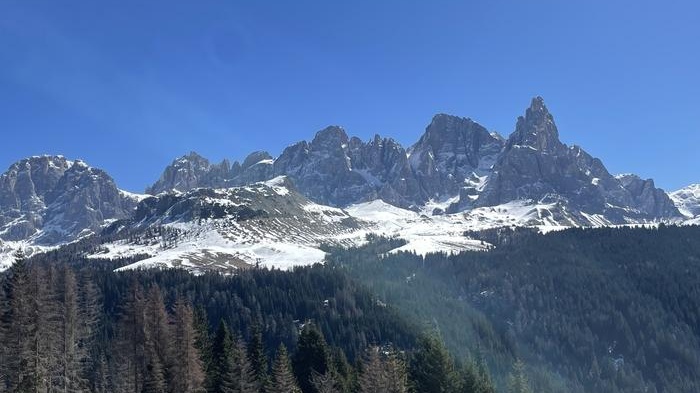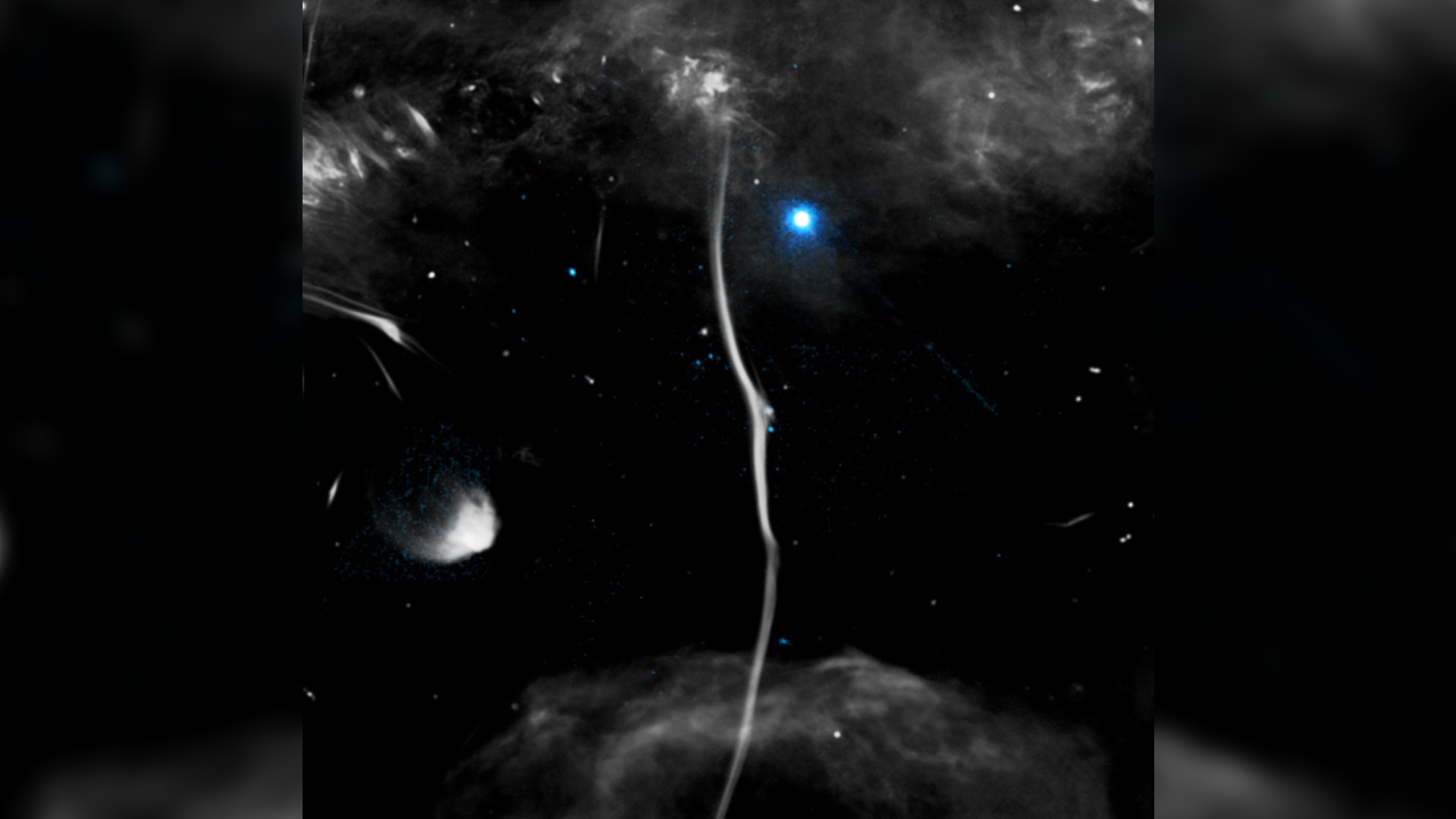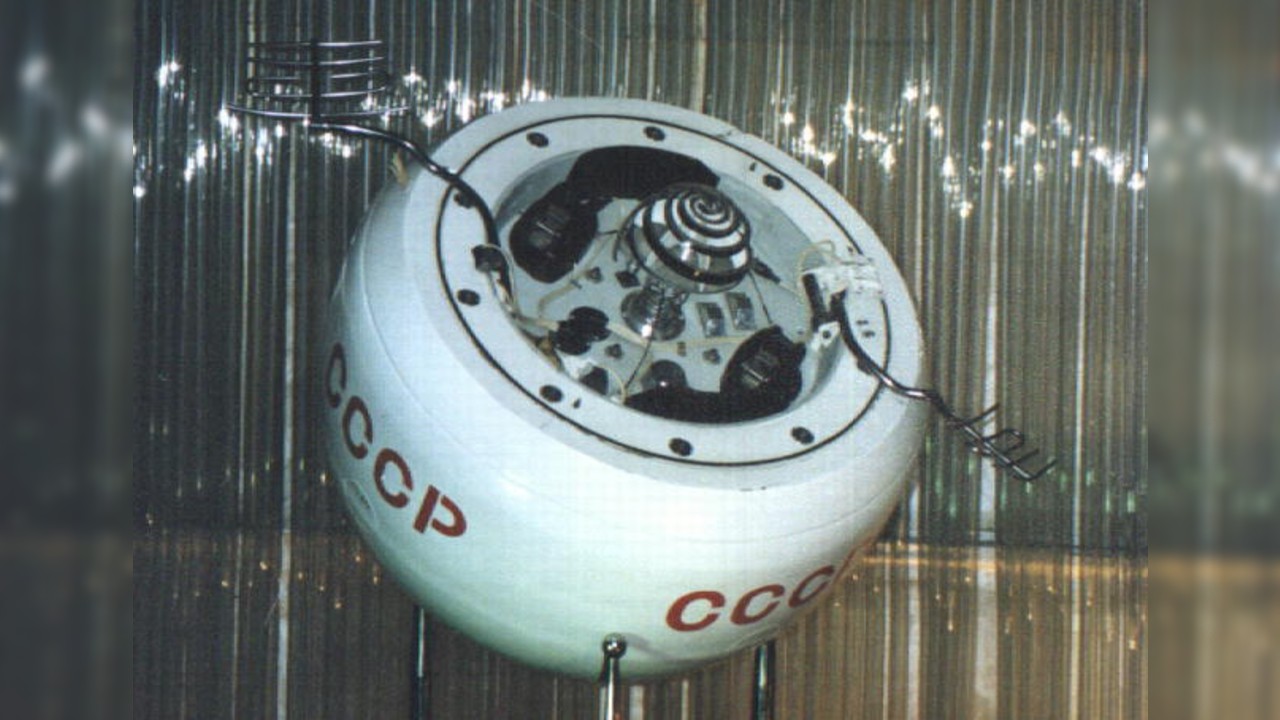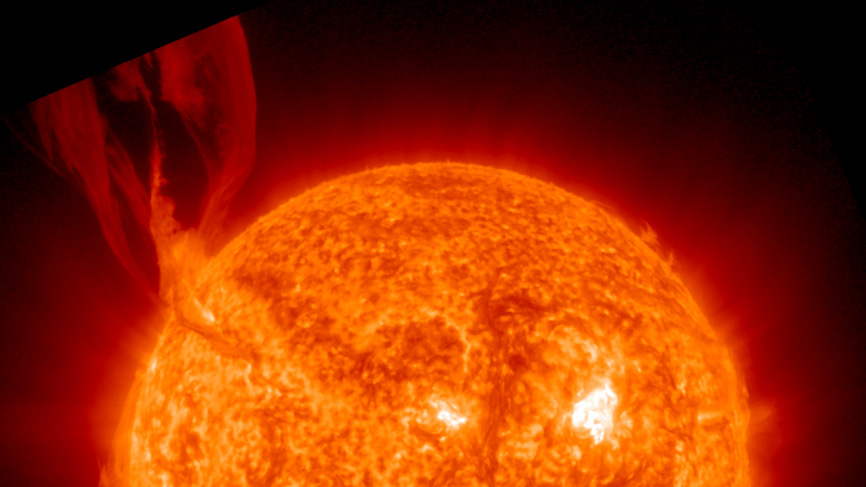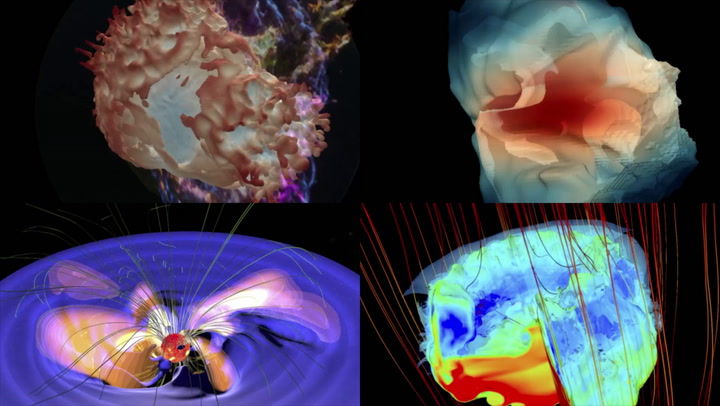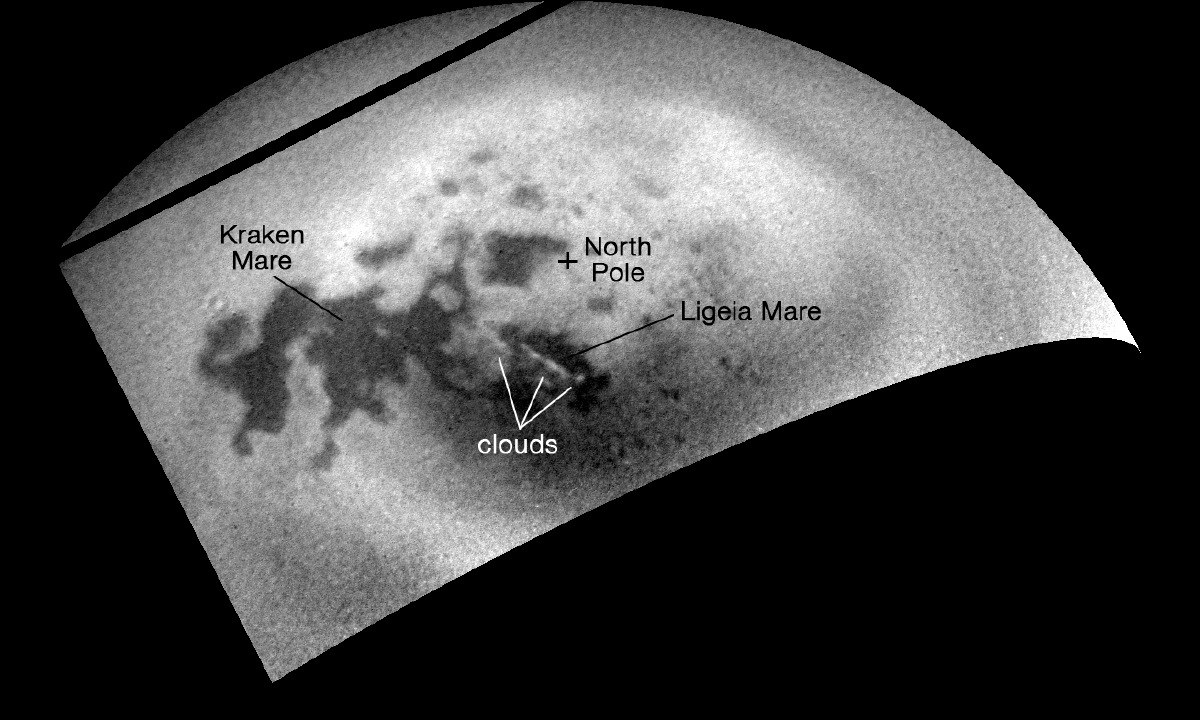
Clouds cruise through the skies of Saturn's largest moon, Titan, in striking new imagery captured by NASA's Cassini spacecraft.
In a rare sight for scientists, Cassini captured views of methane clouds drifting across Ligeia Mare, a big hydrocarbon sea near Titan's north pole, from July 20 through July 22. Few clouds had been seen on Titan since the dissipation of a major storm in 2010, so researchers are trying to gauge the significance of the new observations.
"We're eager to find out if the clouds' appearance signals the beginning of summer weather patterns, or if it is an isolated occurrence," Cassini imaging team associate Elizabeth Turtle, of the Johns Hopkins University Applied Physics Lab in Laurel, Maryland, said in a statement. "Also, how are the clouds related to the seas? Did Cassini just happen catch them over the seas, or do they form there preferentially?" [Tour the Strange Lakes of Titan (Video)]
The clouds' motion suggests wind speeds of about 7 to 10 mph (11 to 16 km/h), researchers said.

Saturn and its many moons take 30 years to complete one lap around the sun, so seasons in the Saturn system each last a little more than seven years. It is now summer in Titan's northern hemisphere; the moon's summer solstice, which marks the midpoint of the season, comes in 2017. Titan, at 3,200 miles (5,150 kilometers) across, is about 50 percent larger than Earth's moon.
Modeling work had suggested that cloud formation should have increased in Titan's northern regions as summer took hold and temperatures rose, but such predictions have not been borne out to date, researchers said.
Titan is the only body in the solar system besides Earth known to possess stable bodies of liquid on its surface. Unlike Earth, however, Titan's climate system is hydrocarbon-based, with methane rain flowing into seas and lakes on the frigid moon's surface.
Get the Space.com Newsletter
Breaking space news, the latest updates on rocket launches, skywatching events and more!
The $3.2 billion Cassini mission launched in 1997 and began orbiting Saturn in 2004, at the height of the gas giant's northern winter. Cassini's long life is allowing researchers to track seasonal changes in the Saturn system; the probe is currently scheduled to operate through September 2017, when it will make an intentional death plunge into the ringed planet's thick atmosphere.
That final, fatal maneuver will ensure that Cassini does not contaminate Titan or Enceladus, two Saturn moons that may be capable of supporting life.
Cassini imaged the Titan clouds last month as it sped away from the satellite after a close flyby. Another encounter with Titan is planned for Aug. 21.
Follow Mike Wall on Twitter @michaeldwall and Google+. Follow us @Spacedotcom, Facebook or Google+. Originally published on Space.com.
Join our Space Forums to keep talking space on the latest missions, night sky and more! And if you have a news tip, correction or comment, let us know at: community@space.com.

Michael Wall is a Senior Space Writer with Space.com and joined the team in 2010. He primarily covers exoplanets, spaceflight and military space, but has been known to dabble in the space art beat. His book about the search for alien life, "Out There," was published on Nov. 13, 2018. Before becoming a science writer, Michael worked as a herpetologist and wildlife biologist. He has a Ph.D. in evolutionary biology from the University of Sydney, Australia, a bachelor's degree from the University of Arizona, and a graduate certificate in science writing from the University of California, Santa Cruz. To find out what his latest project is, you can follow Michael on Twitter.

